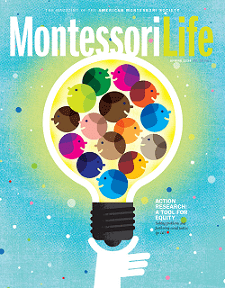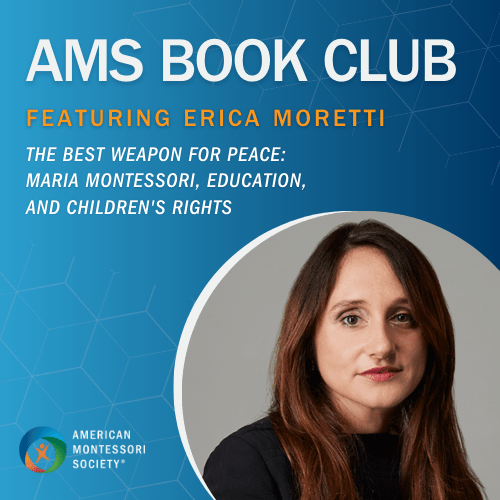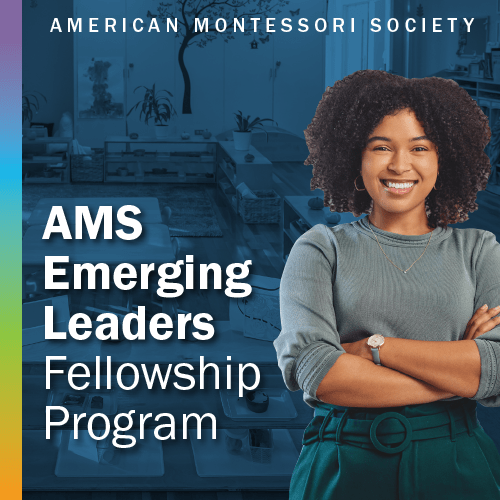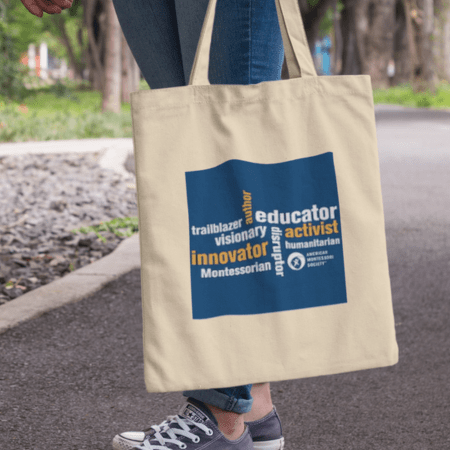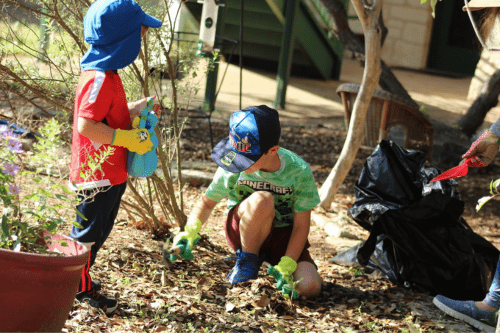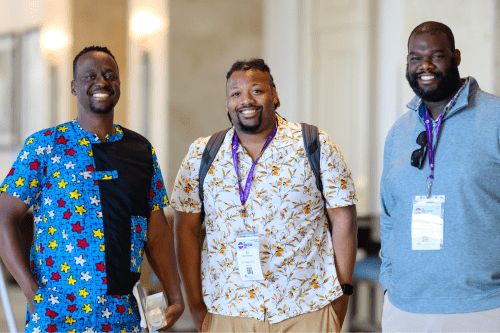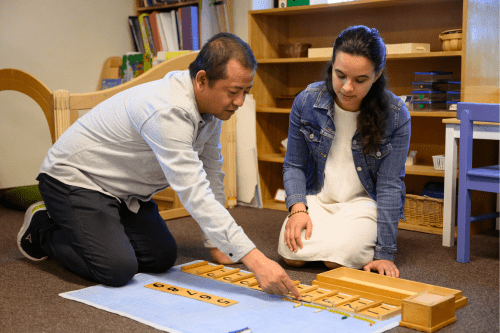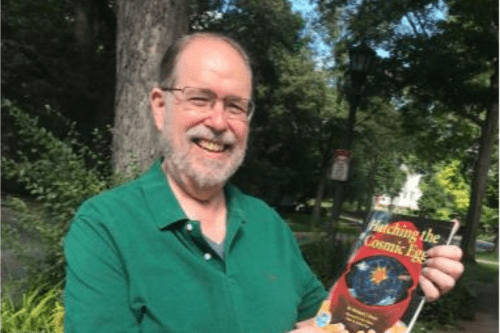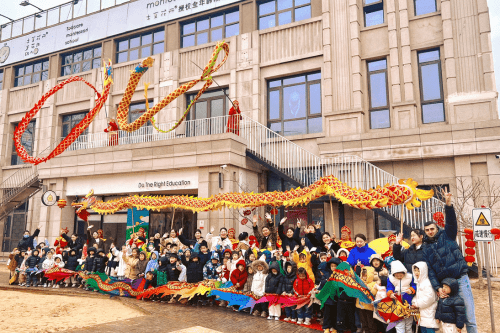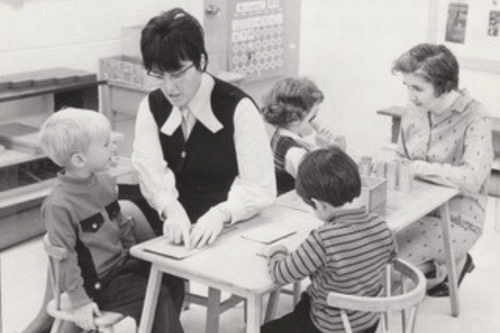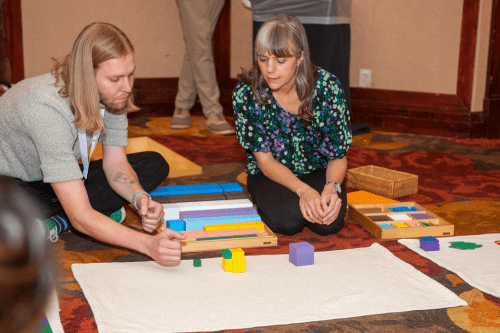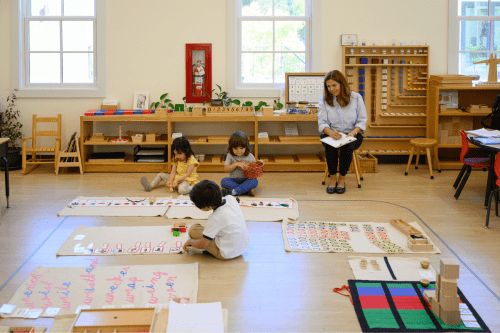Where Montessori Meets Wellness
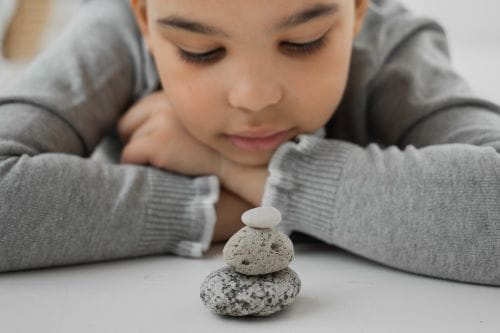
At its core, Montessori education is about preparing the whole child for life. What does this entail in today’s world? It means empowering children with a foundation of wellness practices that can help them build resilience by boosting their physical, emotional, and mental health. In this regard, Montessori care-of-self activities in the practical life area, meant to support the development of independence and skills like coordination, also help the child understand the value and importance of self-care. As Montessori suggests: “Personal health is related (..) to the worship of life in all its natural beauty.” Well-being is a universal human aspiration, and healthy habits can be learned. Yet teaching them, like building a muscle, takes intentionality.
This means that we need to more consciously and proactively integrate wellness related concepts and activities into the learning experience. But where do we start? We can begin by exploring the synergies and connections already present between different wellness dimensions and various elements of Montessori education. Here are three areas where Montessori meets wellness.
Physical Wellness
The first aspect that generally comes to mind when thinking about well-being is the physical. Physical wellness refers to maintaining a healthy body through physical activity, proper nutrition, good sleep habits, etc. A prevalent component of a healthy lifestyle, physical activity from a wellness perspective is not only about physical education (for children) or exercising (for adults) but it is also about having opportunities throughout the day to stay active even when not engaged in actual sports or gym classes.
In a similar line, movement takes a centerstage position in Montessori both as a foundation for child development and well-being, and as a cornerstone of learning. In The Montessori Method, Montessori dedicated a whole chapter to physical education, which she referred to as “muscular education.” There she explained that we must understand muscular education in general as a series of exercises tending to aid the normal development of physiological movements, such as walking. She believed that by encouraging children to make those movements they would be able to master ordinary acts of life. Accordingly, in Montessori, movement is intentionally an integral component of the Method. The Walk on the Line lesson, for example, is meant to help the child with breathing as well as to build coordination of movement, body awareness, and balance.
Indeed, throughout her writings, we find Montessori advocating for education to incorporate movement. Why the emphasis on physical activity beyond physical education? Montessori believed movement to be a catalyst for cognitive development. The pioneering idea that led her to advocate for bringing movement to the spotlight in education was that children actually need to move to learn, because learning happens through movement. In her book The Secret of Childhood, Montessori stated that “Movement, or physical activity, is an essential factor in intellectual growth.”
In The Absorbent Mind, she wrote: “Movement helps the development of the mind, and this finds renewed expression in further movement and activity. It follows that we are dealing with a cycle, because mind and movement are parts of the same entity.” In essence, mind and body are closely connected, and movement plays a key role in this dynamic mind-body relationship.
As we often discover, Montessori was right, and way ahead of her time. Today, neuroscience confirms that physical activity impacts brain development. Science is likewise showing that exercise is good for us, in that it contributes to our physical, mental, and emotional well-being. Throughout life, physical activity is translated into many health benefits, like a stronger heart, bones, and muscles, as well as better posture and coordination. Beyond physical health, exercise also boosts our mental and emotional well-being, helping build confidence and positive self-esteem, as well as reducing stress and anxiety. As a form of self-care, movement, so keenly emphasized by Montessori, constitutes a pillar of wellness.
Spiritual Wellness
Let’s look now at another prevalent aspect of well-being, the spiritual. Spiritual wellness points to understanding the bigger connection to what is beyond ourselves and our experiences to discover a deeper purpose for our existence. Echoing this notion, Cosmic Education in Montessori is about the child realizing that they are part of a larger whole, the universe, where everything is interconnected. This relates directly to spiritual wellness and also contributes to a sense of connection and belonging whereby children can appreciate the valuable role they play in the universe and find opportunities for contribution. As Montessori puts it: “The consciousness of knowing how to make oneself useful, how to help mankind in many ways, fills the soul with noble confidence, almost religious dignity."
Spiritual well-being is often said to be fostered through mindfulness, which entails being non-judgmentally aware and fully engaged in the present moment. In Montessori, we can find two elements straightforwardly linked to the concept of mindfulness. First, being attentive to what is happening here-and-now involves focus. Montessori likewise emphasized concentration as the basis for a child’s inner discipline, tranquility and happiness.
As she explains in The Absorbent Mind: “The first essential for the child's development is concentration. It lays the whole basis for his character and social behavior.” Second, in the practice of mindfulness, the senses are generally used to help ground oneself in the present moment. Similarly, in the Montessori early years curriculum, sensorial work provides a foundation for learning. As Montessori suggested: “the senses, being explorers of the world, open the way to knowledge.” They also help build concentration and awareness.
Next to sensorial work, we can find different Montessori lessons that align with mindfulness practices. Coming back to the Walk on the Line example, this activity can be conceived as a moving meditation, which happens when we reach a meditative state while doing simple movements. Likewise, the Silence Game, where children need to practice self-control to sit quietly and listen attentively, can be considered an exercise in mindfulness.
Social Wellness
A third way wellness shows up in Montessori is through the concept of community. Social wellness involves connecting and engaging with others in meaningful ways. It also refers to creating and nurturing a healthy support system of family and friends, while appreciating the diversity in our communities. Many elements of Montessori education contribute to building community and support social wellness by fostering connection, social skills, and solidarity. Indeed, Montessori called her Early Childhood classrooms “Casa dei Bambini” or “Children’s Houses” because they provide a nurturing and loving environment where children can feel comfortable, like a home away from home. Montessori classrooms are inclusive places where children can feel they belong and can thrive in their own way and at their own pace, nourished by the love and support from peers and teachers. As Montessori explains in The Absorbent Mind: “The charm of social life is in the number of different types that one meets.”
A Montessori environment is also a place where children are both empowered through choice and independence, and at the same time actively encouraged to collaborate and contribute to class life. This sends the message that every individual is important to the community. In The Discovery of the Child, Montessori explains: “Through practical exercises (…) the children develop a true ‘social feeling,’ for they are working in the environment of the community in which they live, without concerning themselves as to whether it is for their own, or for the common good.” In this sense, practical life activities promote community building and social wellness.
Moreover, the fact that students in Montessori typically remain in the same classroom for three years supports the development of long-lasting relationships. This enables the formation of tight bonds and helps foster a sense of fellowship that inspires collaboration. Adding to this, in Montessori, a strong focus is placed on respect for peers, teachers, and even the classroom materials, while values like kindness and service are celebrated. Through Grace and Courtesy lessons, for example, children get to practice social skills and build positive relationships with other members of the classroom community. Likewise, Circle Time activities contribute to socio-emotional learning.
These are just three points of connection between Montessori and wellness. There are many others to be found. As an additional example, Montessori called attention to the interconnectedness of humanity and nature. In her view, nature enriches the life of each child by supporting their physical, social, emotional, and cognitive development. As children experience the natural world, they form a meaningful relationship with nature, feel connected to the environment, and develop appreciation and respect for the Earth. This is all related to environmental wellness. Similarly, many Montessori practices encourage the development of empathy and help children identify their own feelings, contributing to emotional wellness.
As we can see in the case of movement, mindfulness, and community, Montessori education is very much aligned with the idea of wellness. That is why we can find such similarities and connections between the two. Still, life increasingly demands an ever more proactive and conscious approach to wellness. Today, the active fostering of well-being proves essential for a truly holistic learning experience. At the same time, as Montessorians, we want to stay true to the Method. That is why we need to revisit the theory and rethink the practice, to thoughtfully explore the synergies and further incorporate wellness activities into our classrooms in a way that aligns with Montessori pedagogy. It is about adding more wellness to Montessori and more Montessori to wellness, so that we can all, children and adults, better navigate life in our pursuit of well-being.
About the Author
 |
Barbara Murphy, PhD, is the founder of Montessori Wellness in Miami, FL. She holds a doctorate from Northwestern University and a Montessori Fundamentals Certificate (Early Childhood) from the Center for Guided Montessori Studies. As a speaker, she has presented on movement and other wellness topics at several international, national, and regional Montessori conferences. Contact her at barbara@montessoriwellness.com. |
Interested in writing a guest post for our blog? Let us know!
The opinions expressed in Montessori Life are those of the authors and do not necessarily represent the position of AMS.



